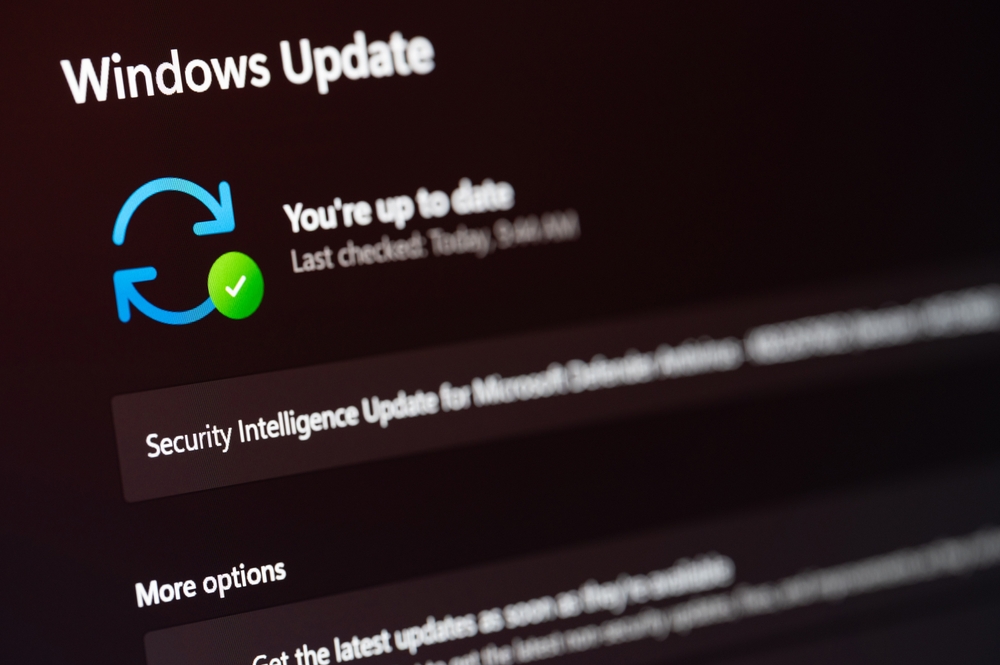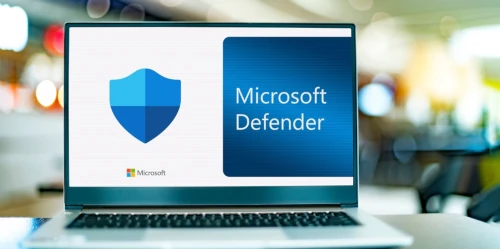15
+
YEARS OF
EXPERIENCE
1000
+
SUCCESSFUL
Projects
80
+
Satisfied
Clients

In today’s rapidly evolving cyber threat landscape, managing security updates efficiently is a critical priority for IT professionals. Microsoft Defender plays a vital role in safeguarding enterprise environments by delivering robust endpoint protection, but without a streamlined update strategy, managing these defenses can become cumbersome. This article explores best practices for managing updates with Defender, ensuring your organization remains secure, compliant, and resilient against emerging threats. Whether you are responsible for a small business network or a sprawling enterprise infrastructure, understanding how to optimize update workflows can make all the difference.
Streamlining Security Patches: Managing Updates with Defender for Optimal Endpoint Protection
Microsoft Defender is a cornerstone of modern endpoint security, providing real-time threat detection, malware removal, and automatic vulnerability remediation. Managing updates with Defender involves more than just installing patches; it requires strategic oversight of security intelligence, signature upgrades, and platform enhancements. Defender updates are delivered through Microsoft Update services and include antivirus definitions, engine updates, and product feature releases. Efficiently managing these updates reduces exposure windows and improves the overall security posture. Centralized management tools like Microsoft Endpoint Manager allow IT administrators to schedule update deployments, monitor update status, and enforce compliance across diverse device fleets. By automating update rollouts and validating success metrics, organizations reduce manual overhead and avoid security gaps caused by outdated definitions or system software. A structured update management process ensures that Defender’s protective capabilities are continuously enhanced with the latest threat intelligence.







Enhancing Enterprise Security: A Guide to Managing Updates with Microsoft Defender
Effectively managing updates with Microsoft Defender is critical to strengthening enterprise cybersecurity. Below is a breakdown of key benefits and challenges organizations should consider:
Key Benefits of Managing Defender Updates
- Real-Time Threat Protection: Frequent updates keep malware definitions and detection logic current, improving defense against zero-day exploits and emerging threats.
- Automation and Policy Enforcement: IT teams can automate updates across all endpoints, reducing manual errors and ensuring consistent protection.
- Scalability Across Environments: Defender update management supports hybrid and mobile workforces, enabling secure device management at scale.
- Seamless Integration: Integration with Microsoft Endpoint Manager or System Center Configuration Manager streamlines deployment, policy enforcement, and compliance reporting.
- Regulatory Compliance: Update tracking helps meet regulatory requirements for GDPR, HIPAA, PCI-DSS, and other industry standards.
Challenges of Defender Update Management
- Bandwidth and Network Constraints: Managing frequent updates across distributed or low-bandwidth networks requires careful planning.
- Timing and Scheduling: Updates should be deployed during off-peak hours to avoid disruption, requiring coordination with business operations.
- Update Compatibility: Occasionally, incompatible updates may fail or cause instability if not detected and remediated promptly.
- Monitoring and Rollbacks: IT teams must continuously monitor installations and use rollback features to maintain system stability.
To address these challenges, enterprises should implement a comprehensive update management policy supported by robust tools that offer visibility, alerting, and control over Defender’s update processes. This proactive approach significantly strengthens organizational resilience against cyber threats.

For organizations aiming to safeguard their infrastructure while optimizing IT resources, mastering the complexities of Defenders update management is crucial. Leveraging automation and centralized control not only improves security outcomes but also frees up valuable IT staff time. Ensuring timely update deployment helps maintain compliance and reduces the risk of costly breaches, making update management a strategic priority rather than a mundane task.
Real-World Applications: Case Studies in Managing Updates with Defender to Strengthen Cybersecurity
Proxar IT Consulting has worked extensively with clients across industries to implement effective Defender update management strategies that deliver measurable security improvements. One notable case involved a multinational manufacturing firm challenged by inconsistent update installations across 3,000 endpoints in multiple countries. Proxar’s team deployed Microsoft Endpoint Manager to automate Defender updates, enabling centralized scheduling and thorough reporting. this approach cut update rollout time by 70% and reduced incidents related to outdated definitions by 85%. real-time dashboards allowed IT managers to detect failed updates swiftly and initiate corrective measures, ensuring continuous endpoint protection.
In another instance, a financial services organization adopted a staged update deployment model for Defender to minimize operational disruption during business hours. Proxar IT Consulting designed custom scripts integrated with Microsoft Defender ATP APIs to validate update success and trigger alerts in case of anomalies. This proactive update management framework enhanced their cybersecurity posture while abiding by stringent regulatory standards. By aligning update policies with the client’s risk appetite and operational requirements, the IT team achieved a robust balance between security and usability.
These examples underscore the importance of tailored Defender update management solutions backed by expert consultation. Proxar IT’s experience demonstrates how organizations can transform update processes from ad hoc activities into strategic cybersecurity enablers that strengthen defenses, ensure compliance, and optimize IT efficiency.

answer time
satisfaction
score
on initial call
same business
day
Securing Your Digital Future: Why Managing Updates with Defender Should Be a Strategic Priority
Effectively managing updates with Microsoft Defender is essential for any organization seeking to maintain strong cyber security defenses in an increasingly antagonistic threat environment. By implementing centralized management, automating update deployment, and continuously monitoring update health, IT teams reduce the risk of exploitations caused by outdated protections. As cybercriminals continuously innovate, staying ahead through timely Defender updates is not optional—it’s imperative. Proxar IT Consulting is dedicated to helping businesses develop and execute tailored Defender update strategies that align with operational needs and security objectives.
If your organization needs expert guidance to optimize security update management or demands scalable solutions for endpoint protection, we encourage you to connect with us. Our team of seasoned professionals is ready to help you navigate the complexities of managing updates with Defender, ensuring your defenses remain robust and agile. Contact us today to learn how Proxar IT can elevate your cybersecurity posture with proven Defender update management solutions.

